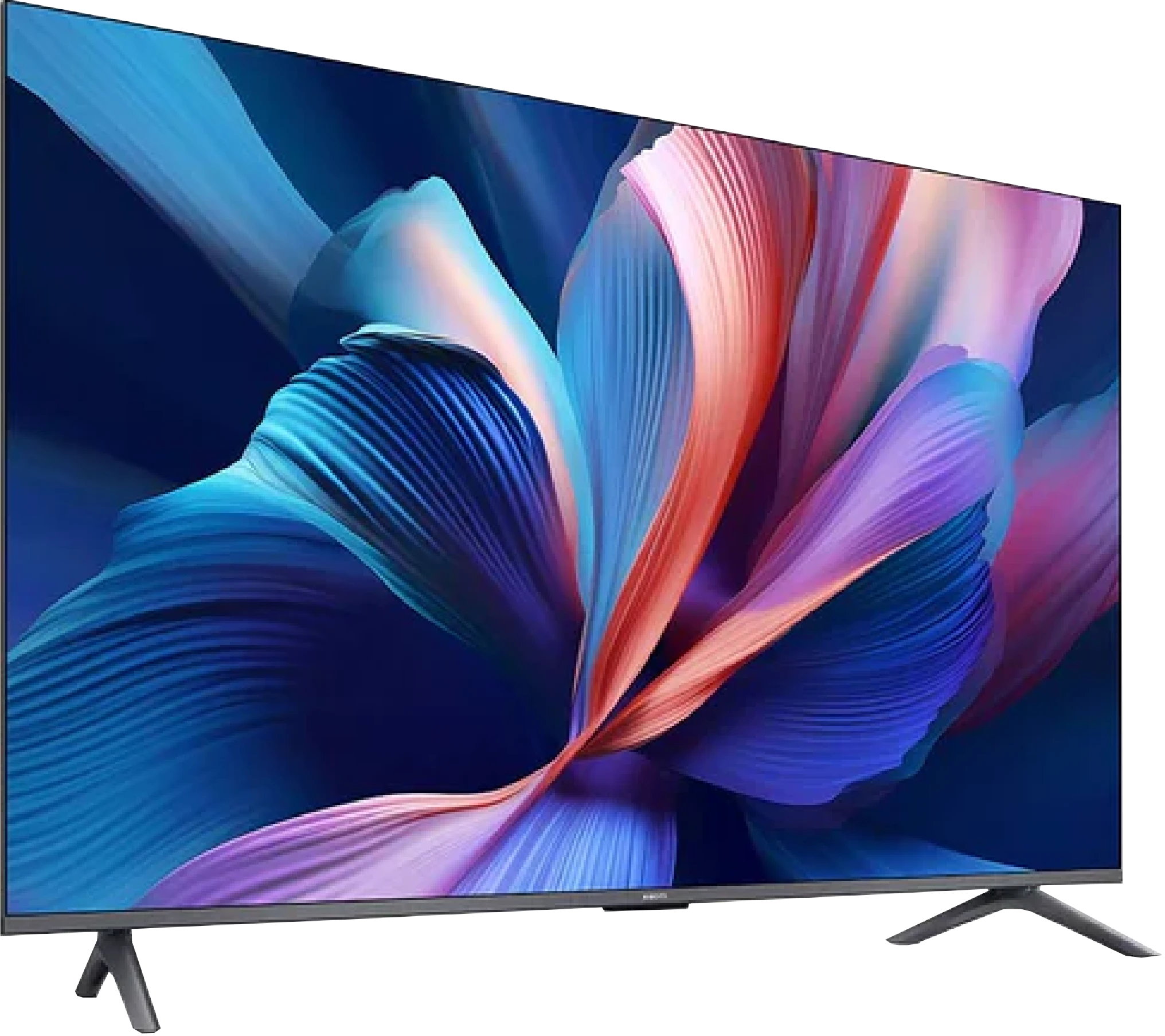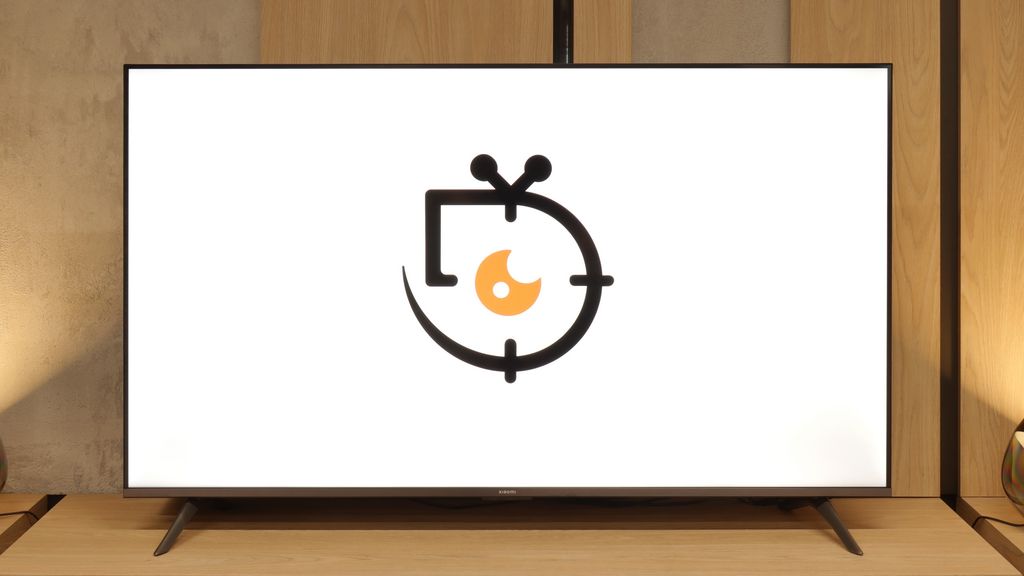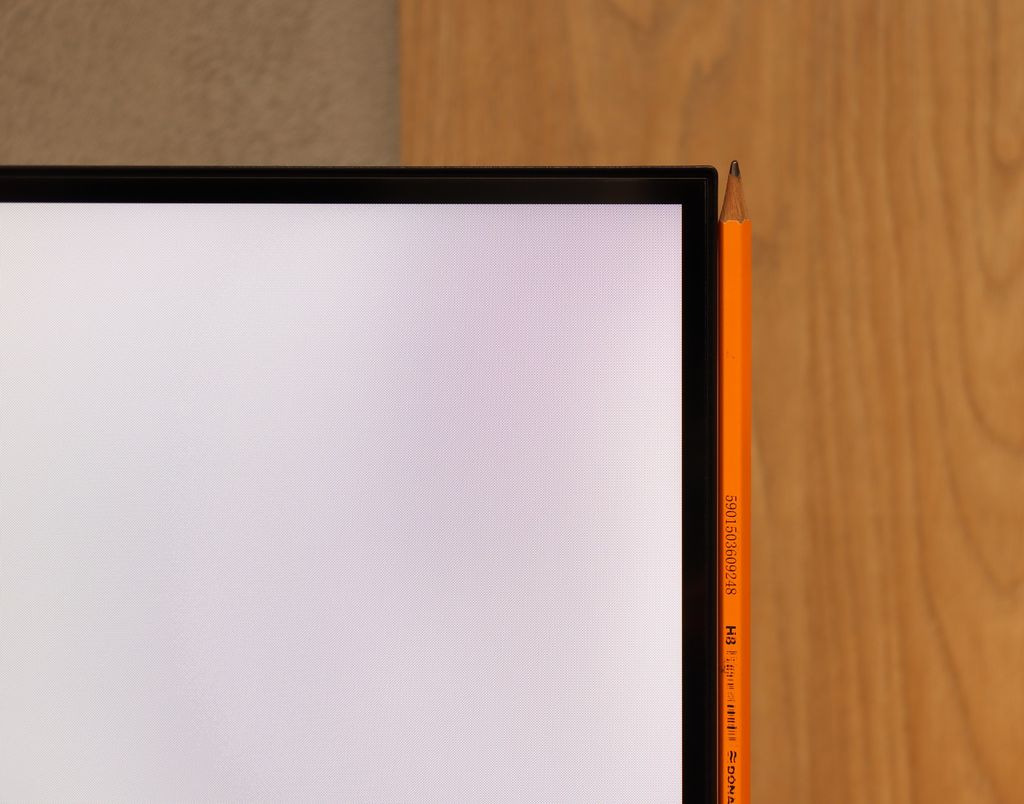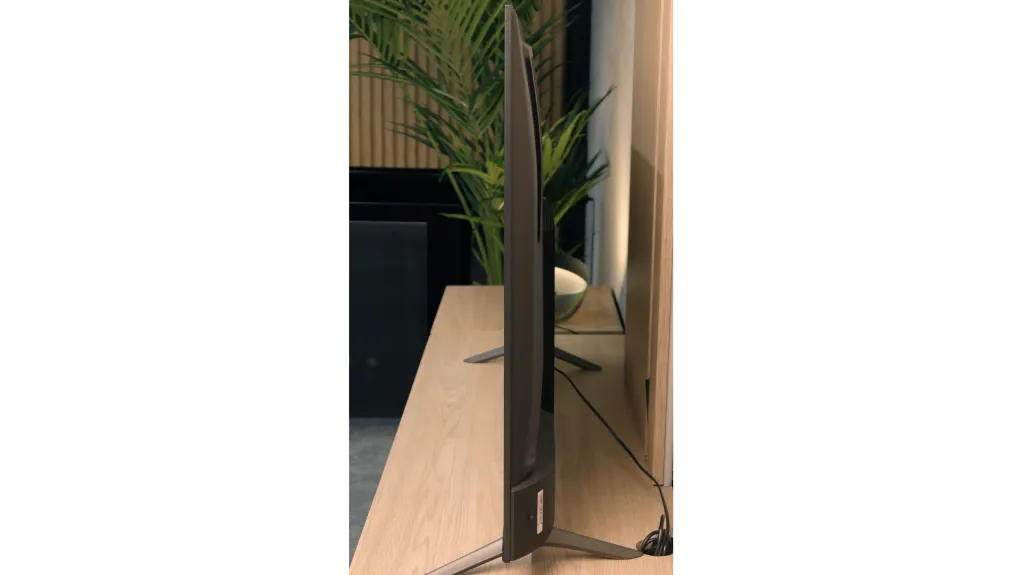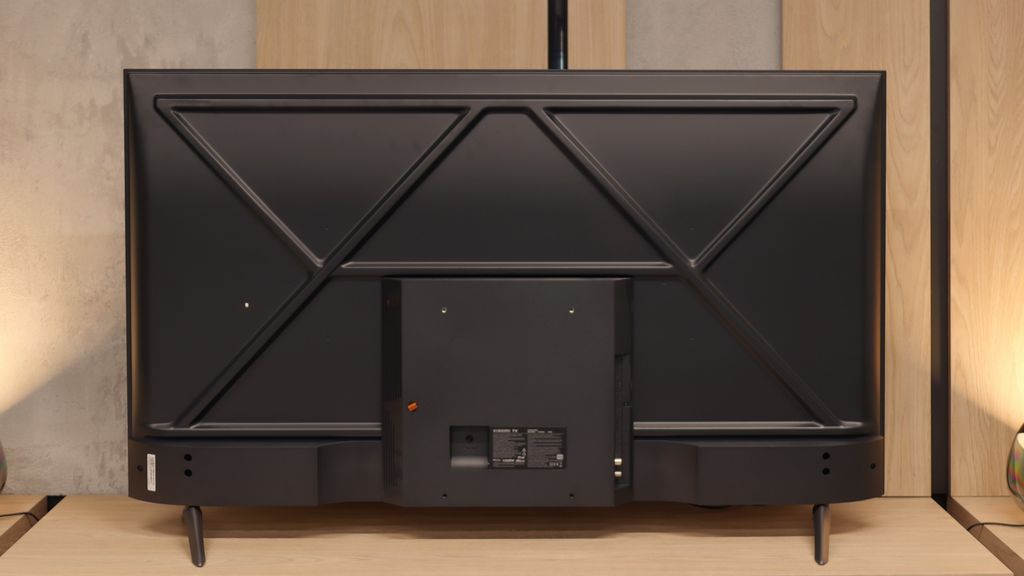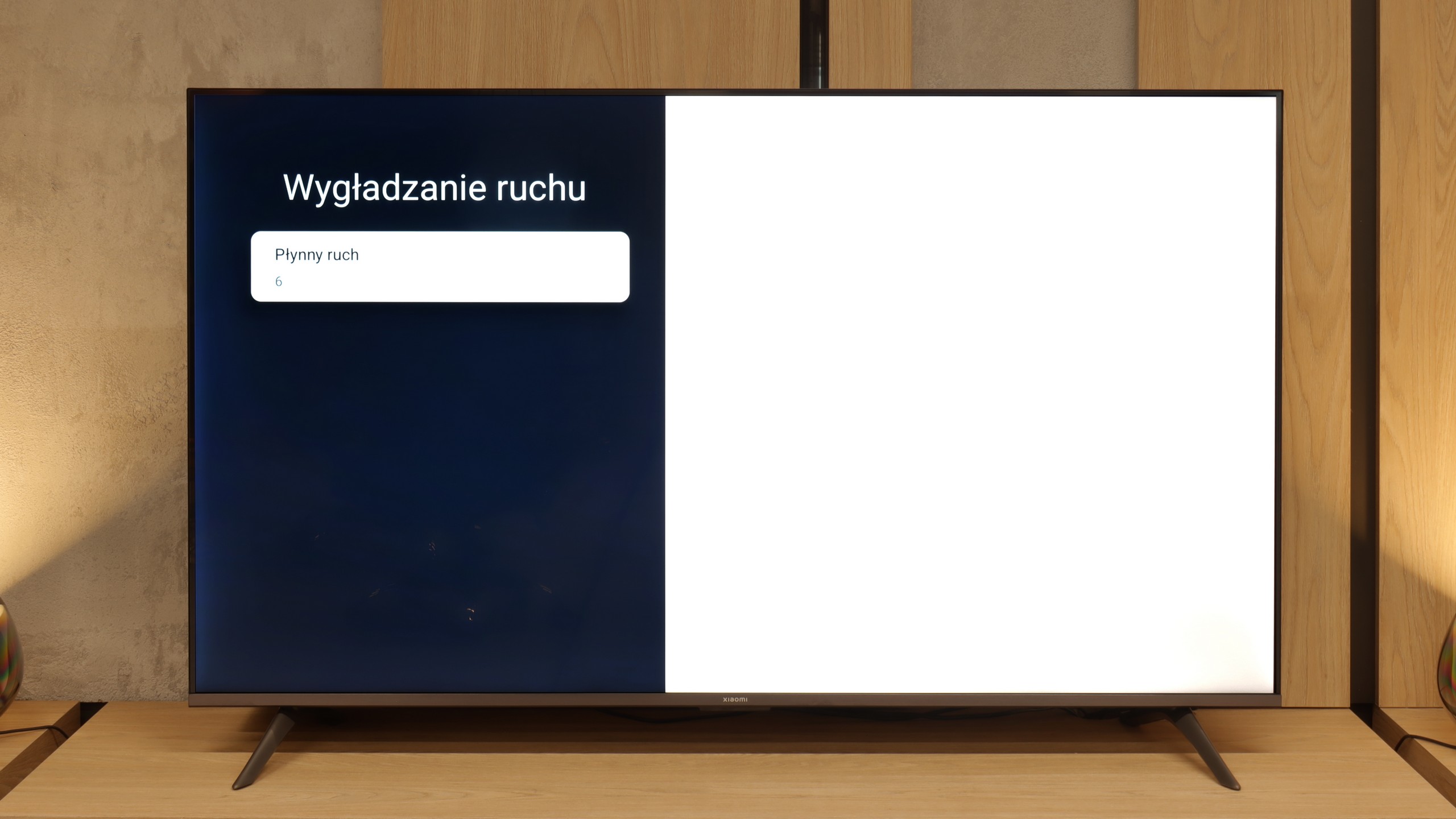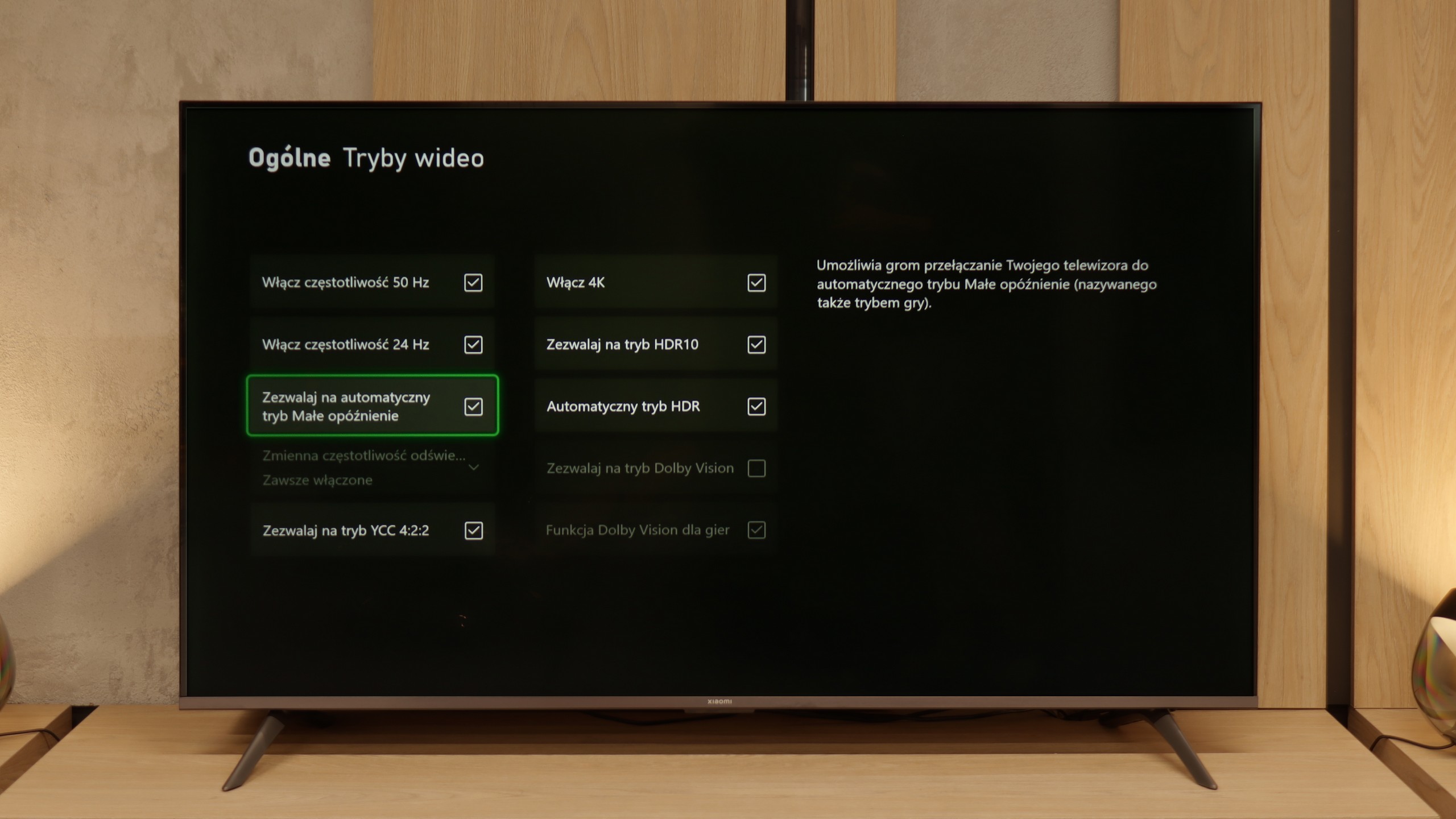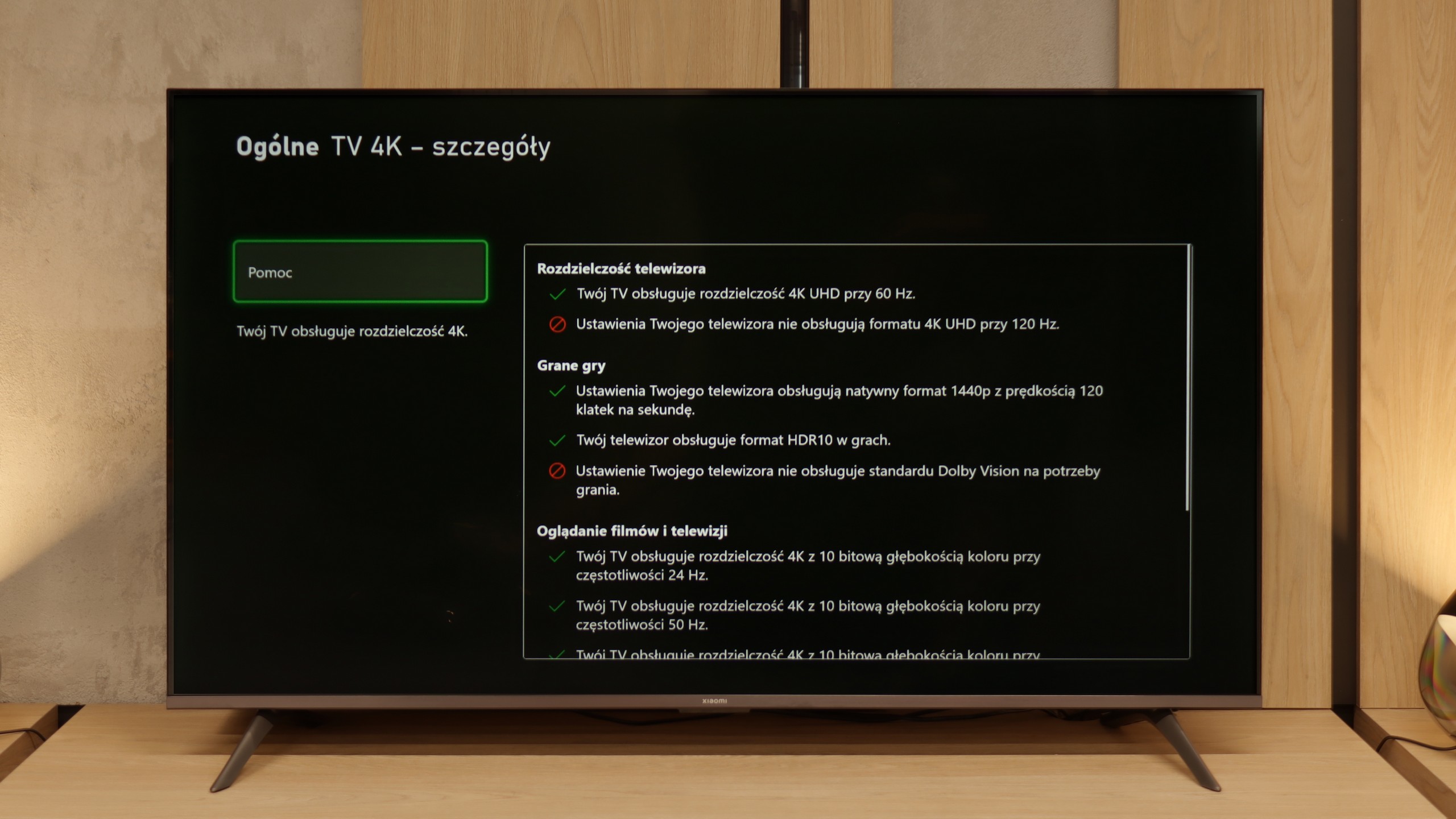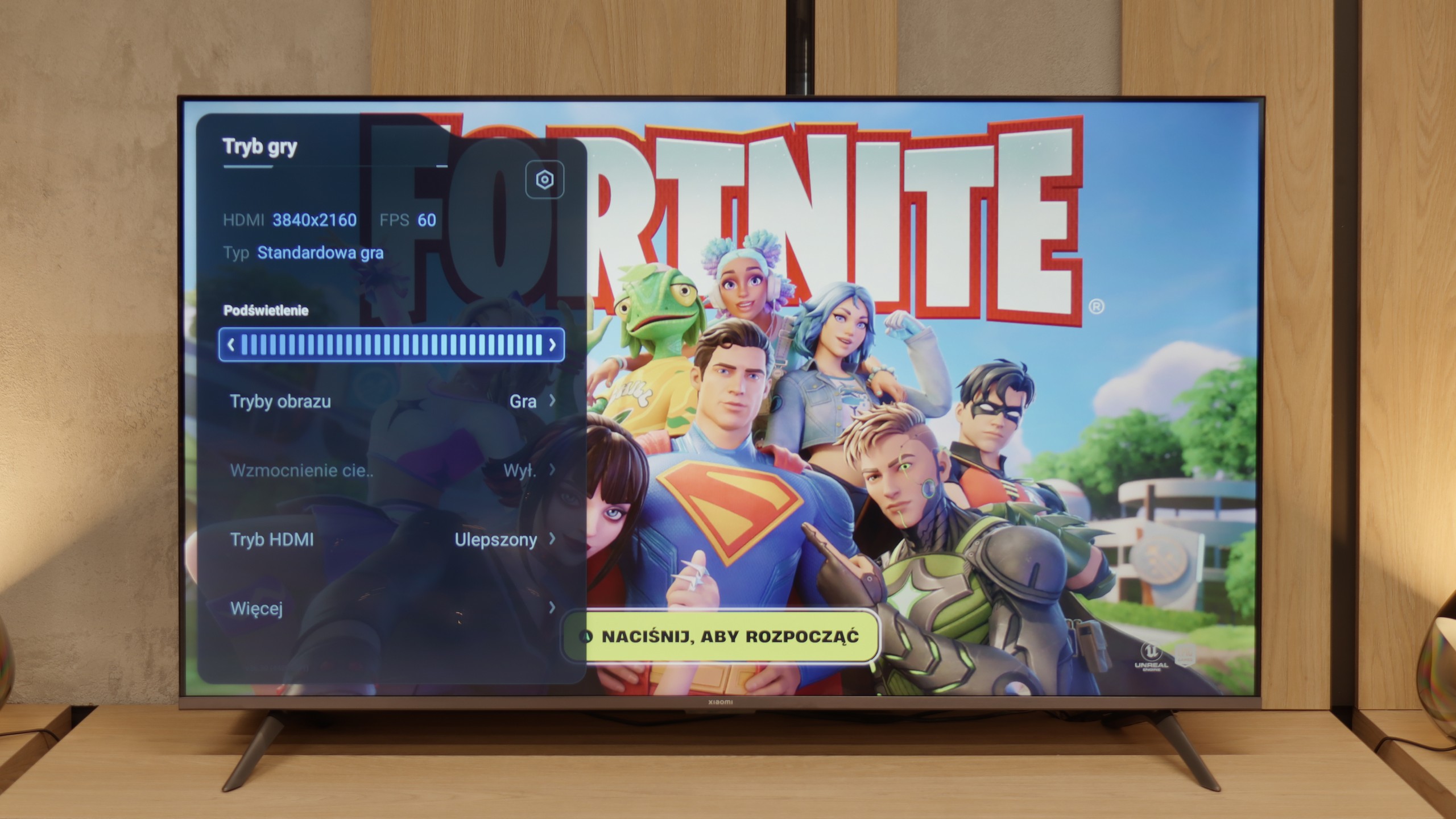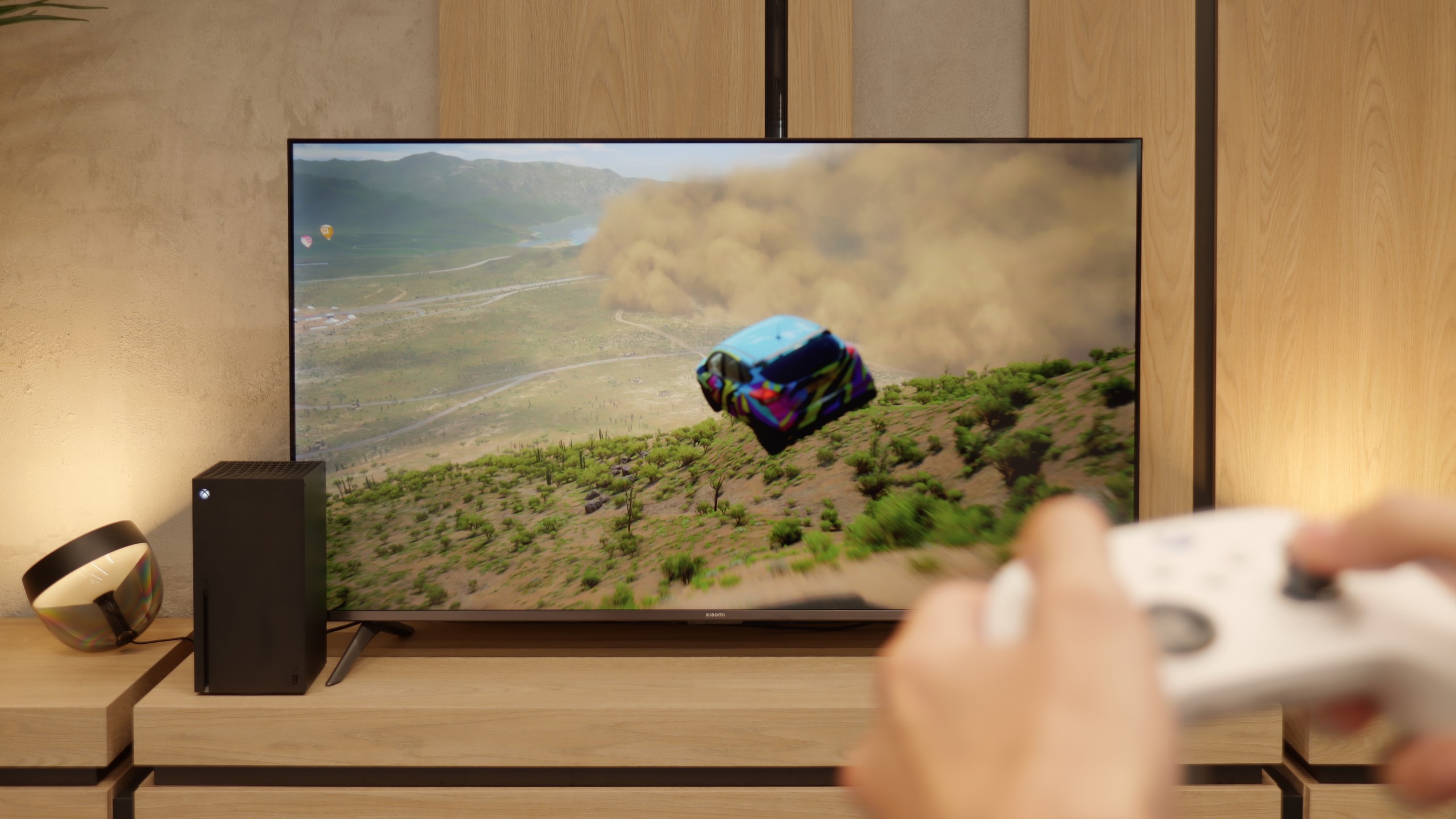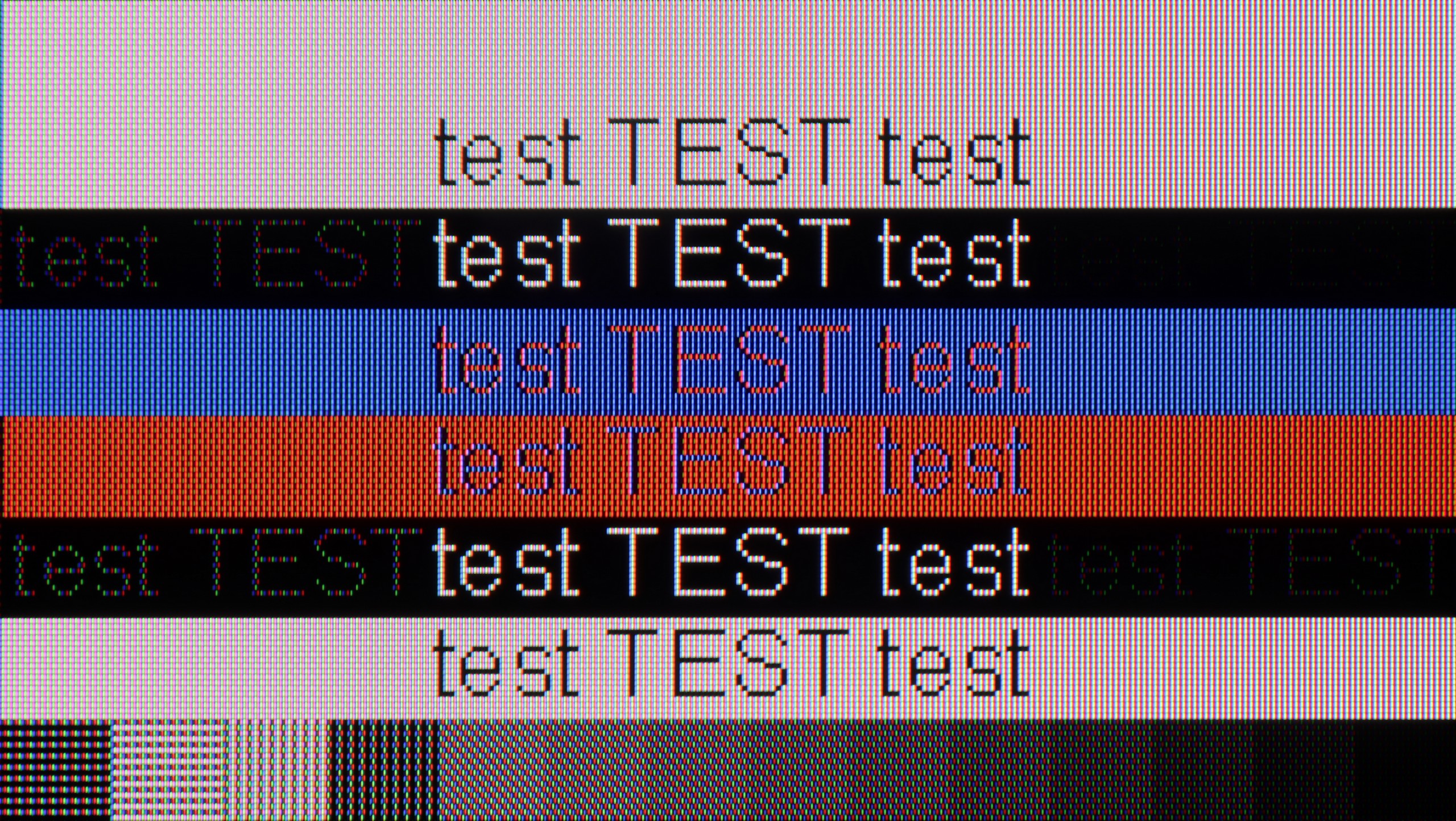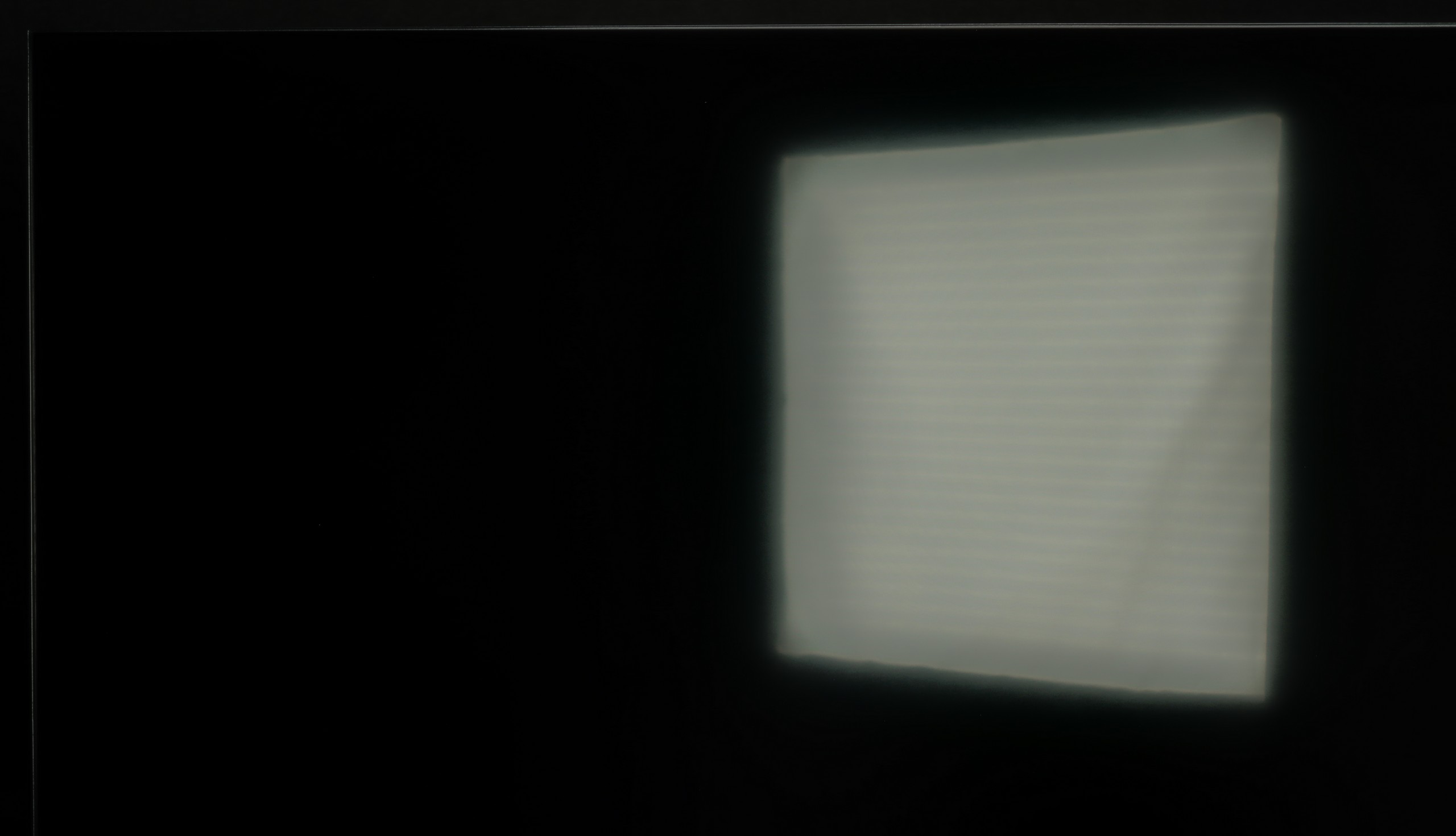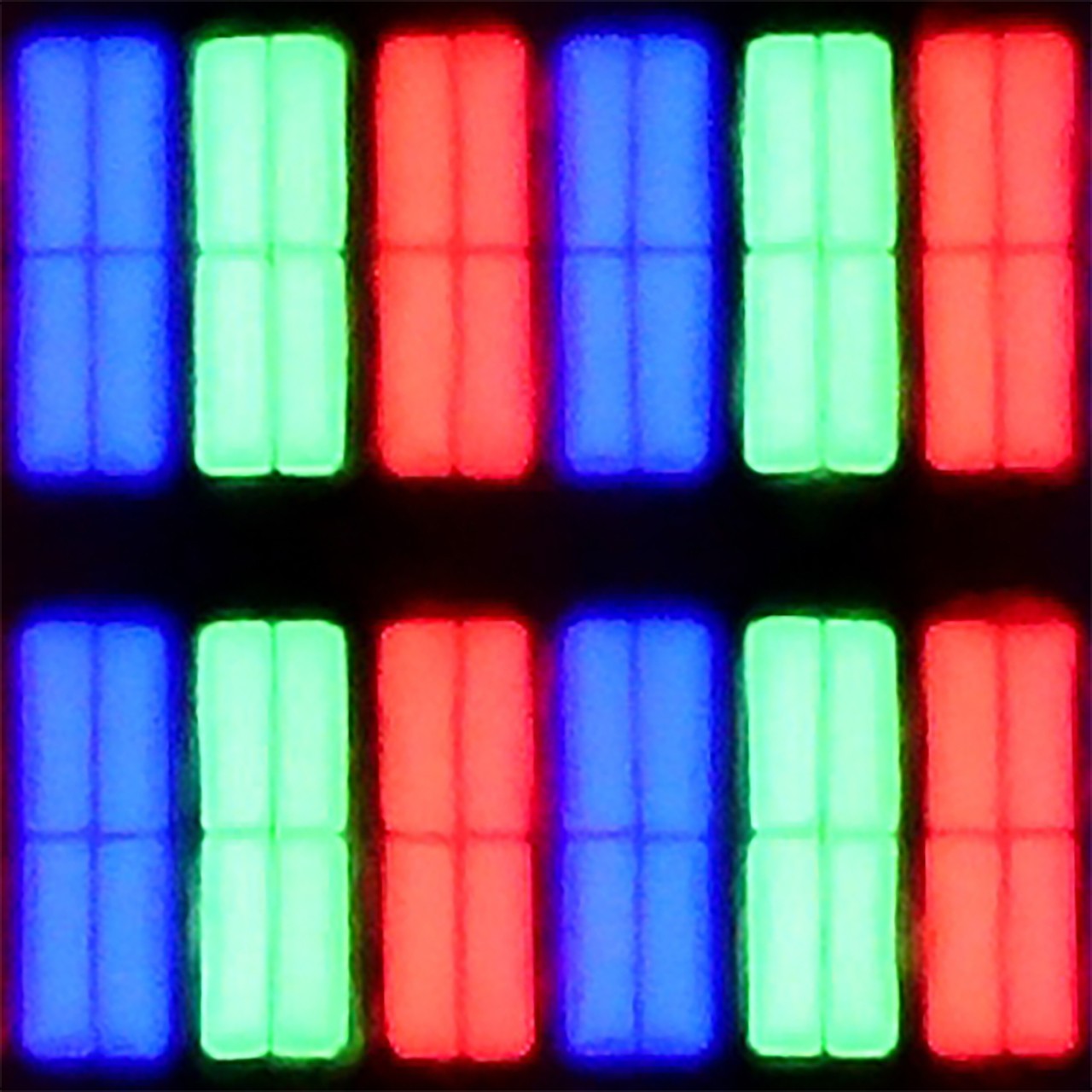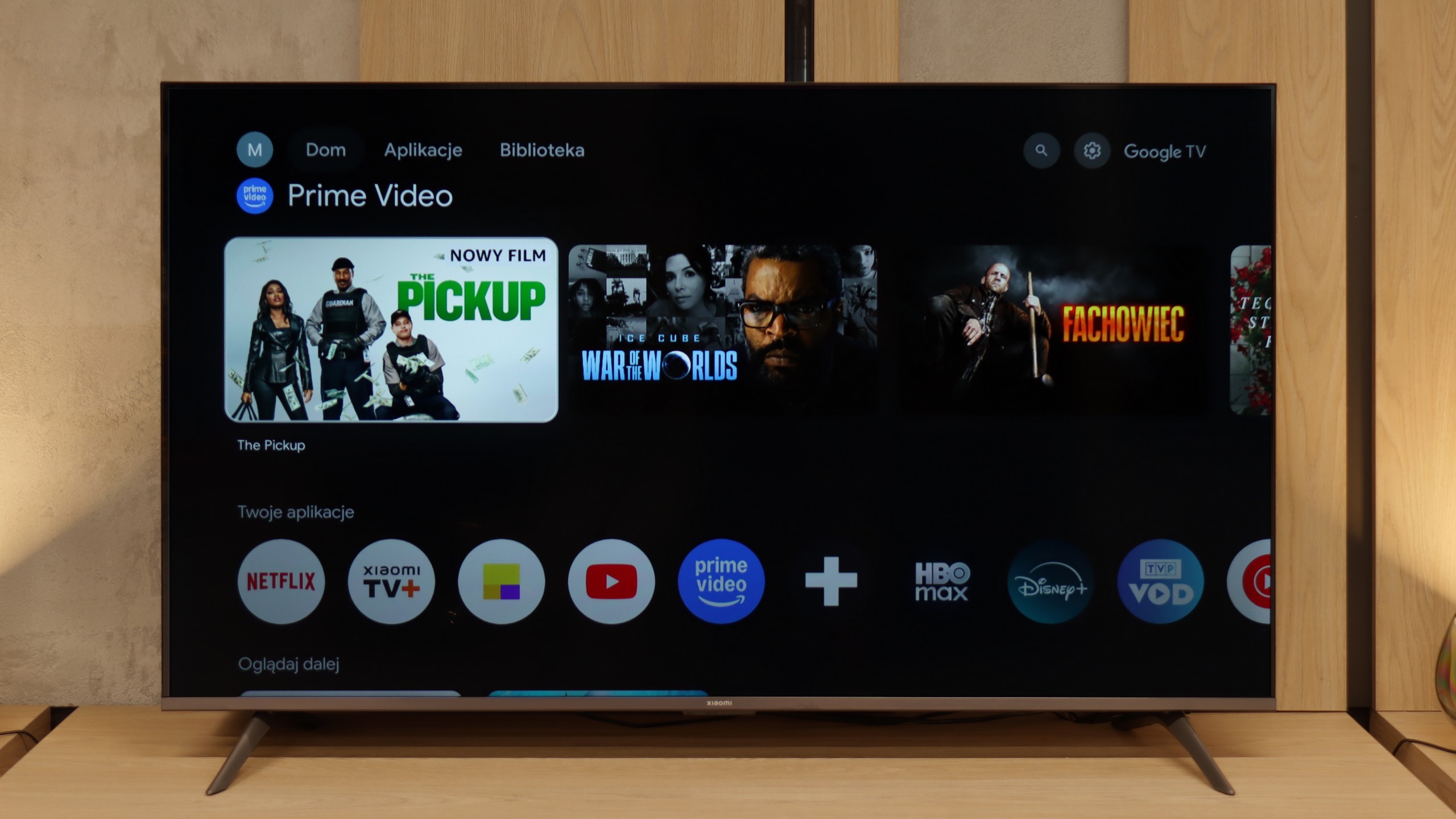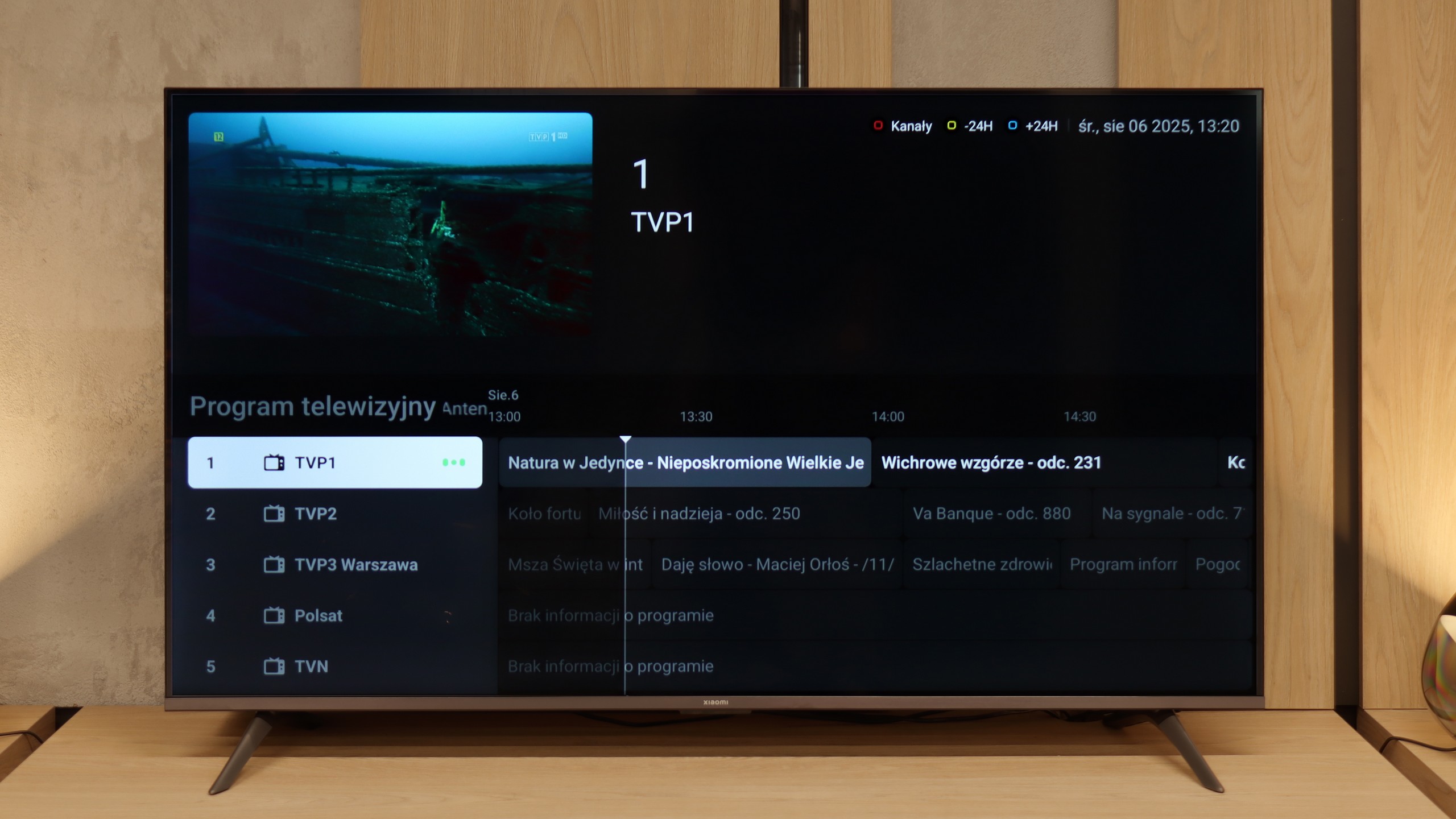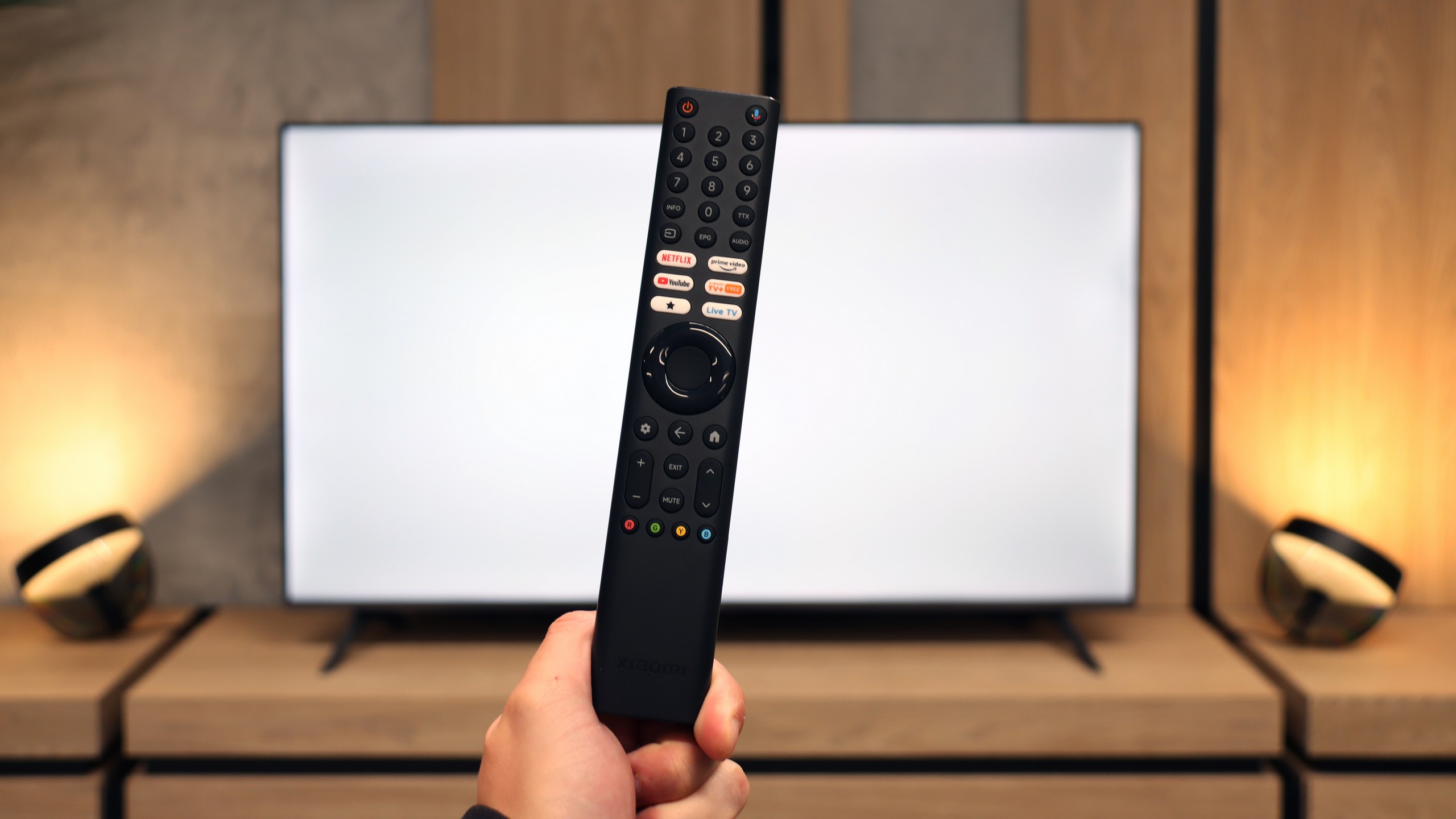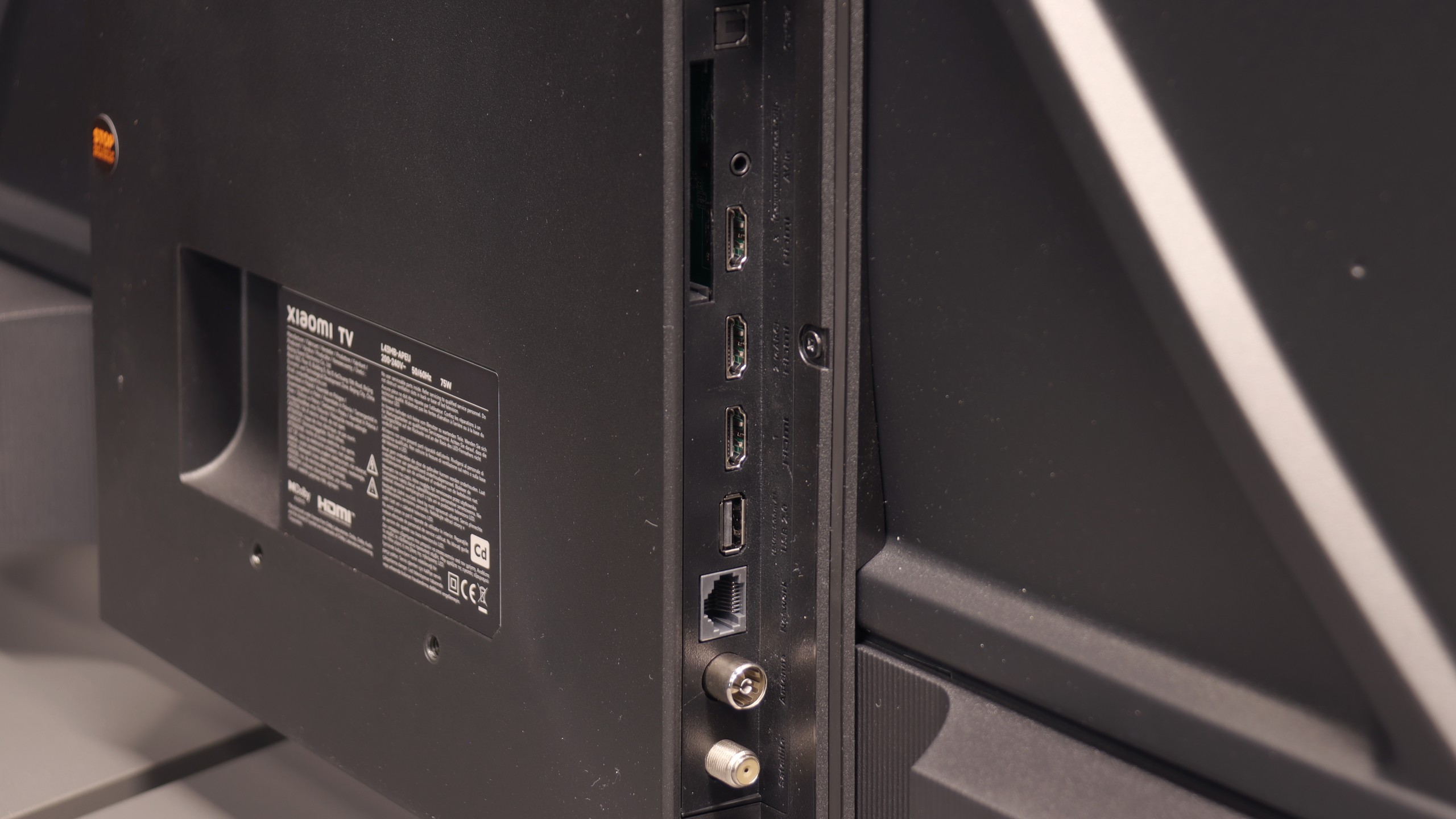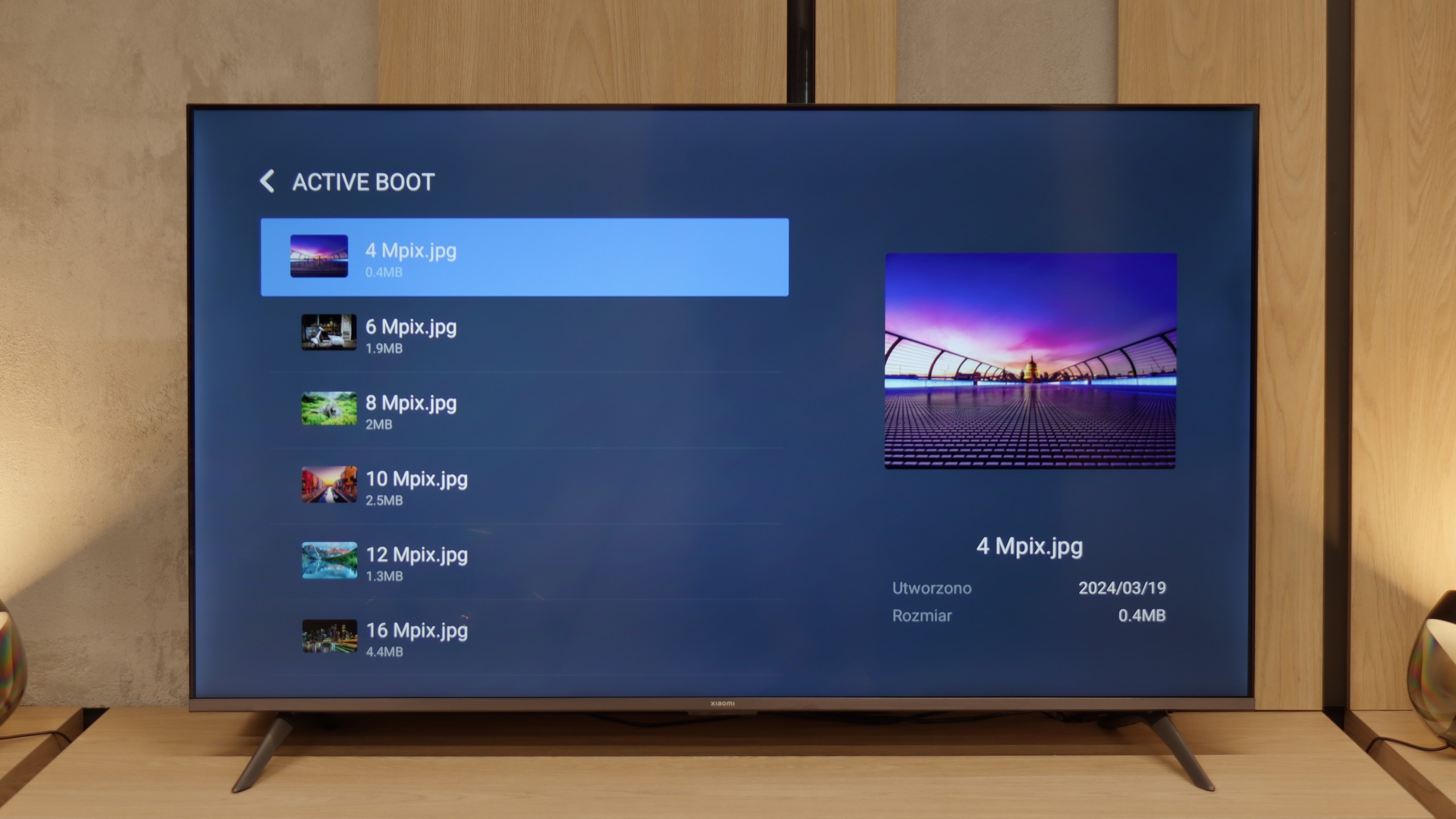The Panasonic W70A draws attention primarily because of its advanced Google TV operating system, which gives us access to a multitude of popular applications (YouTube, Netflix, Disney+, HBO Max, etc.). In terms of picture quality, the IPS panel offers wide viewing angles, so colours do not lose their intensity even when you watch a film from an angle. Gamers will also not be disappointed, as it features VRR and ALLM, along with low input lag (around 12 ms) – all of this translates to pleasant experiences during occasional gaming, despite the standard 60 Hz refresh rate.
However, it's worth noting that this is rather a basic model and has its limitations. The contrast and blacks are simply weak, which is a typical phenomenon for IPS panels, especially in dark rooms. A brightness level of around 270 cd/m² is also insufficient in heavily sunlit rooms, so the picture can seem washed out. Certain shortcomings in the software itself cannot be overlooked either. Google TV is a great foundation, but sometimes settings are scattered in surprising places, and the quality of translations leaves a lot to be desired.
It must be considered that the competition is offering more and more in a similar (or slightly higher) price range. Can the Panasonic W70A hold its own in such an environment? On one hand, it tempts with a rich app base and decent support for gamers, but on the other – the market is flooded with more polished TVs equipped with better specifications. However, if wide viewing angles and straightforward access to Google TV services are priorities, we can give it a chance. In other cases, it’s worth exploring among competitive models that often offer better blacks, higher brightness, and fewer annoying issues in the menu at a similar price.
Xiaomi A Pro 2026 is a television that, at first glance, doesn’t reveal significant changes compared to its predecessor. Someone might even think it’s just a copy of last year's model with a different sticker. And there’s some truth to that, as the main novelty, or rather the only noticeable difference, is the 120 Hz mode at lower resolutions. It must be said that Xiaomi has done well here; this addition really makes a difference – it’s not a solution for professional gamers, but a nod towards those looking for a smoother image during casual gaming. This is where the A Pro 2026 can stand out – with a simple yet clever idea that sets it apart in the “super budget” segment. Unfortunately, when we start looking at the television more broadly, the enthusiasm quickly wanes. Even though the year has changed on the calendar, most of the issues known from the A Pro 2025 are still with us – the system can still experience strange stutters, and the occasional errors can be quite frustrating. On top of that, there's a lack of any serious digital image processing tools, which worked quite decently last year. As a result, there are many limitations in the design that the competition in a similar price range is already trying to cover up in some way. When it comes to image quality, we won't sugarcoat it either. Brightness at the level of 200–300 nits doesn’t stand a chance against more demanding content. Sure, with simpler streaming content, you can watch something, but with high-budget productions, it’s immediately clear why the television costs what it does. The impression that we are viewing a flat image stripped of details accompanies us pretty much every time. And this brings us to the crux of the matter. The Xiaomi A Pro 2026 is a television for those who really don’t demand much. As a daily screen for series, news, or YouTube, it performs decently, especially thanks to its operating system, which is GoogleTV. Also, if someone is looking for budget equipment and would additionally like a taste of smoother gameplay in games thanks to the 120 Hz mode, they might even be satisfied. However, anyone expecting at least average image quality, a stable system, and proper functionality will soon notice that there are other budget models on the market that simply perform better.

